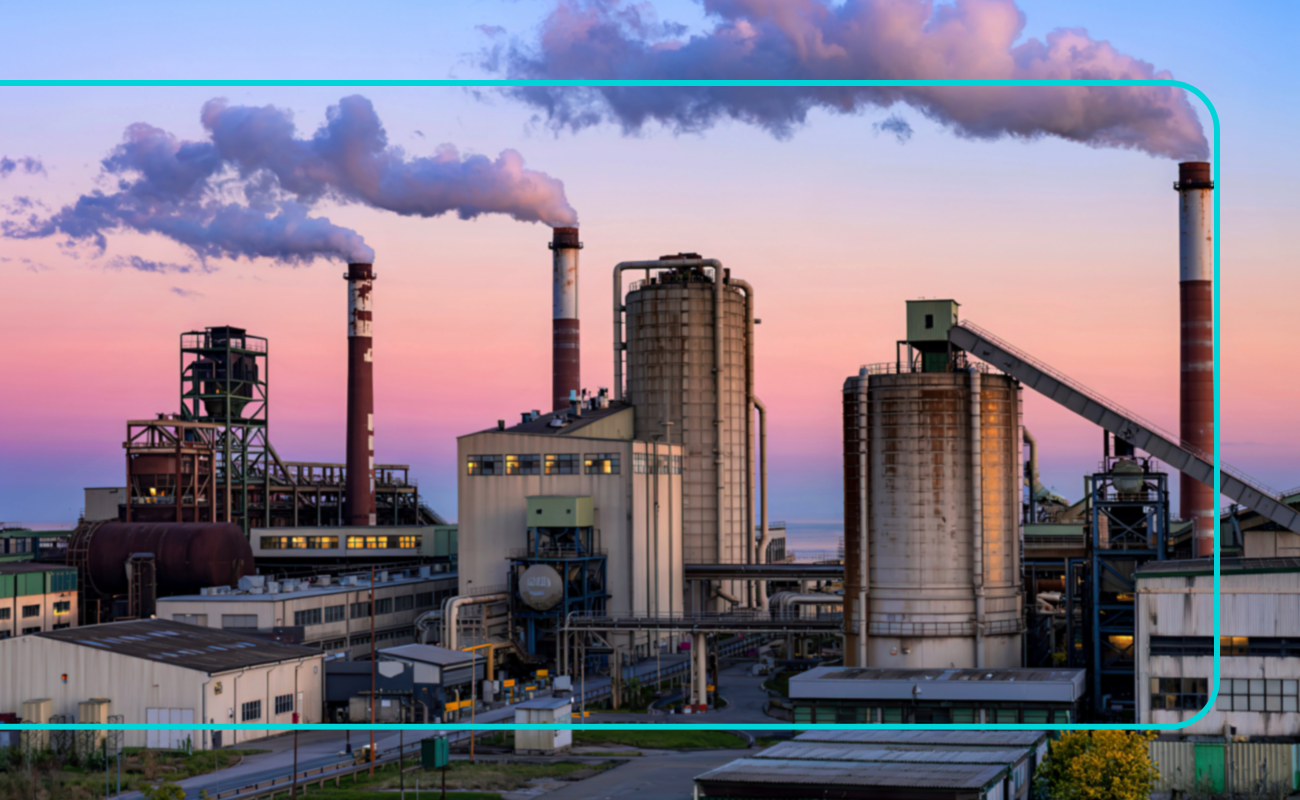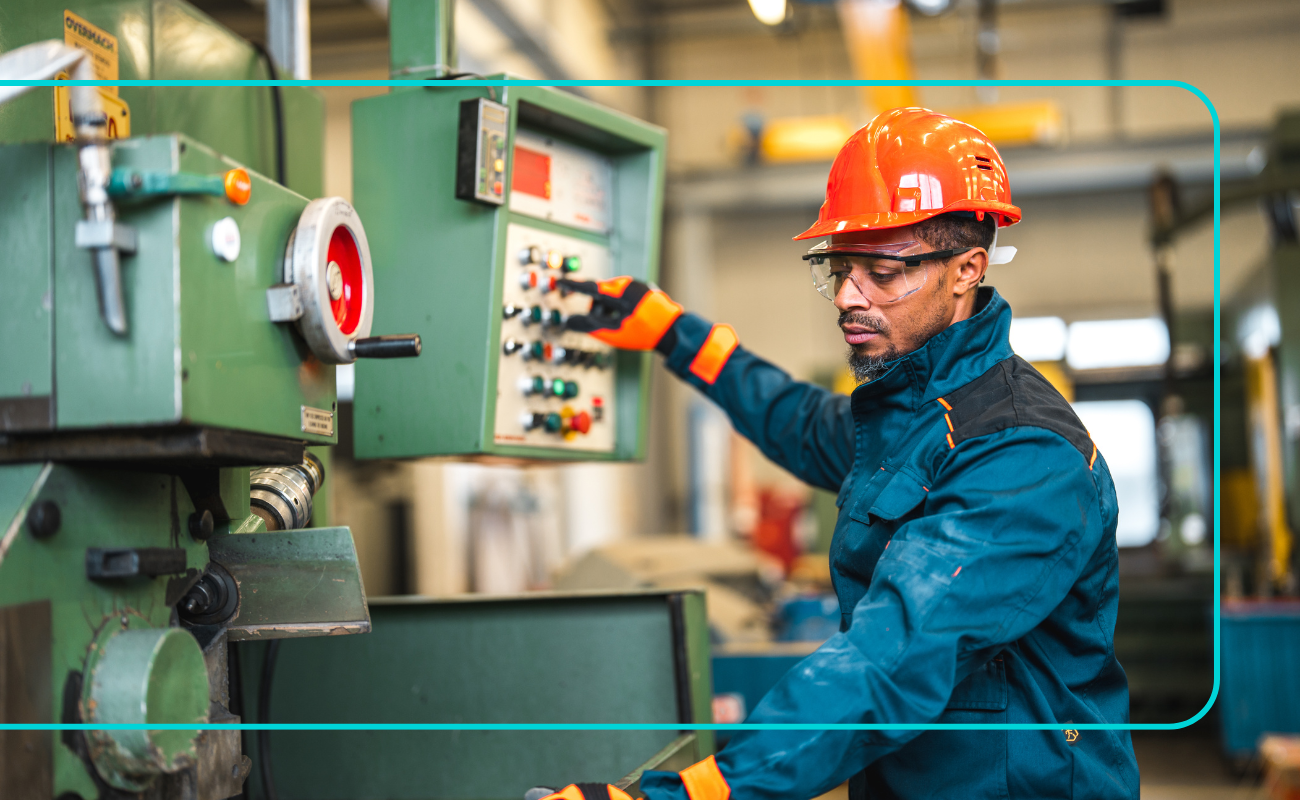The atmosphere inside and around industrial facilities has always been a battleground between progress and pollution. As industries expand and evolve, so does their potential to degrade the air we breathe. Industrial air quality monitoring has thus become not just a regulatory checkbox but a vital element of sustainable industrial growth and public health preservation. Yet, the question remains: what does the future of air quality monitoring hold for industries worldwide?
Imagine breathing in a room where the air is so polluted, you can taste the toxins. Now envision a device that can sense those harmful particles before you even take a breath — and instantly tell you how dangerous the air is. This analogy underscores how critical advancements in air quality sensors and industrial emissions monitoring are to protecting workers and communities alike.
In this provocative exploration, we will peel back the curtain on the industrial environmental technology poised to disrupt traditional models. From breakthrough air pollution prediction tools to outrageously smart IoT devices, the future promises to reshape how industries think about pollution—not merely reacting to it but anticipating and obliterating it before it ever leaves the factory walls.
If you think air quality monitoring is just business as usual, prepare yourself to be shocked. The coming era is brimming with revolutionary potential, and ignoring these trends will cost industries dearly—in reputation, compliance, and human lives.
Current Landscape of Industrial Air Quality Monitoring
Before diving into jaw-dropping forecasts, let’s dissect today’s realities. Present-day industrial air quality monitoring predominantly relies on a patchwork of devices scattered across plants, sniffing out pollutants and reporting levels—often hours or days later. Existing industrial emissions monitoring technologies like electrochemical sensors, gas chromatography, and particulate matter counters have served as workhorses but come with glaring limitations.
These air quality sensors, in many cases, deliver delayed or inaccurate data prone to environmental interference—imagine trying to take a picture through fogged glass. This latency hampers timely interventions when dangerous emissions spike unexpectedly, exposing employees and nearby residents to health hazards.
Compounding this, the integration of industrial environmental technology is often hamstrung by costly, labor-intensive setups and difficulties in data interpretation. Many plants still face challenges with fragmented systems that don’t communicate, resulting in blind spots.
Industries walk a tightrope balancing operational demands with regulatory pressures to reduce pollutants. Conventional monitoring remains mostly reactive, reporting violations after the fact rather than precluding them. The result? A constant game of catch-up with invisible pollutants slipping through the cracks, unmonitored and unchecked.
This status quo is far from sufficient as pollutant profiles grow complicated, and stakeholders demand transparency. It’s clear: the existing landscape is begging for disruption.
Emerging Technologies Shaping the Future of Air Quality Monitoring
Say goodbye to archaic, slow, and clunky setups. The future of air quality monitoring is turbocharged by technology that can only be described as next-level. Meet our portfolio. The rise of miniaturized, ultra-sensitive air quality sensors integrated with IoT platforms is revolutionizing data collection, offering real-time, hyper-local monitoring never before possible.
Consider these sensors as the \”noses\” of a smart industrial ecosystem—sniffing out toxins continuously and feeding data into centralized AI-driven hubs. This is not science fiction; it’s happening now, and the implications are profound.
Air pollution prediction is undergoing a monumental transformation thanks to advances in predictive analytics. Industry players are employing machine learning models that scrutinize historical and live emission data to forecast pollution events before they spiral out of control—turning what used to be a guessing game into a strategic advantage.
Moreover, industrial environmental technology innovations extend beyond detection. Automated emission control systems now dynamically adjust operation parameters to minimize harmful outputs instantaneously, creating a feedback loop where monitoring and mitigation occur in near real-time.
This convergence of IoT, AI, and smart sensors shatters previous limitations, democratizing environmental responsibility within industrial walls and beyond. No longer passive reporters, these technologies are becoming active guardians against pollution.
Benefits and Challenges of Advanced Industrial Air Quality Monitoring
The future of air quality monitoring doesn’t just promise brighter skies—it holds the keys to seismic improvements in industrial efficiency and public health.
Benefits
– Unmatched Accuracy & Real-Time Data: High-fidelity sensors combined with AI analytics deliver instantaneous insights, empowering facility managers to make data-backed decisions faster than ever.
– Health and Environmental Safeguards: Stricter monitoring drives proactive emissions control, reducing worker exposure to toxins and lowering community pollution footprints.
– Regulatory Compliance Simplified: Transparent, continuous data reduces costly penalties and fosters trust among regulators and the public.
Consider this future as having a security guard for every pollutant molecule—constantly surveilling and nipping threats in the bud—translating into measurable gains for both profit and planet.
Challenges
– Implementation Cost: Cutting-edge industrial air quality monitoring systems require significant capital investment upfront—a daunting prospect for smaller operators.
– Data Privacy and Security: As connected devices proliferate, so do risks of cyber intrusions or misuse of sensitive environmental data.
– Technical Expertise: Interpreting complex datasets demands skilled personnel, creating a talent bottleneck in adoption.
Ignoring these hurdles will result in half-measures that fail to unlock the true potential of emerging technologies. Industrial leaders must balance disruptive innovation with pragmatic strategies to integrate advanced air quality solutions seamlessly.
What to Expect in the Near Future of Air Quality Monitoring
Brace yourself for some jaw-dropping predictions that redefine what is possible in industrial air quality monitoring:
1. AI and Machine Learning Takeover: Expect AI systems not just to analyze pollution data but to autonomously control emissions. Think of machine learning algorithms as industrial maestros conducting symphonies of sensor data to fine-tune processes, eliminating pollution spikes before they occur.
2. Stringent Government Regulations Trigger a Tech Boom: Governments worldwide will double down on regulations as public pressure mounts. This will compel accelerated adoption of intelligent monitoring systems as industry leaders race to avoid punitive fines and reputational damage.
3. Revolution in Air Pollution Prediction Models: New hybrid models combining satellite imagery, weather data, and on-site sensor input will unlock unprecedented predictive accuracy, offering hours or even days of advanced warnings to mitigate risks effectively.
4. Widespread Sensor Miniaturization and Ubiquity: Tiny, low-cost sensors embedded in machinery, PPE (personal protective equipment), and even drones will make every inch of industrial space an actively monitored air quality zone.
5. Blockchain-Enabled Transparency: To build trust, emissions data will start being recorded on decentralized ledgers, ensuring tamper-proof, transparent records accessible to regulators, communities, and stakeholders alike.
Industries clinging to outdated monitoring systems will find themselves blindfolded in a race moving at lightning speed. The future demands embracing these innovations now or risking irrelevance in a rapidly evolving environmental ecosystem.
Conclusion
If the future sounds both thrilling and intimidating, that’s because it is. But industry leaders are not powerless—they hold the keys to steering their plants into the next era of industrial air quality monitoring.
– Invest in Cutting-Edge Sensors and IoT Solutions: Don’t wait for regulations to dictate your moves. Deploy smart air quality sensors that provide real-time actionable data today.
– Stay Informed on Industrial Environmental Technology Trends: Subscribe to specialized publications, join industry workshops, and foster relationships with technology innovators to keep your finger on the pulse.
– Prioritize Sustainable Emissions Monitoring: Adopt practices and technologies that not only ensure compliance but demonstrate genuine environmental stewardship—because green credentials are no longer optional but essential for survival.
– Develop In-House Expertise: Build teams capable of interpreting complex datasets and managing AI-driven systems to maximize the benefits of advanced monitoring.
The future of air quality monitoring in industrial settings will separate leaders from laggards—those who adapt will thrive, while those who resist could face devastating financial, legal, and social consequences. You’ve been warned. The question now is simple: will you be part of the revolution or left choking on yesterday’s pollution?


